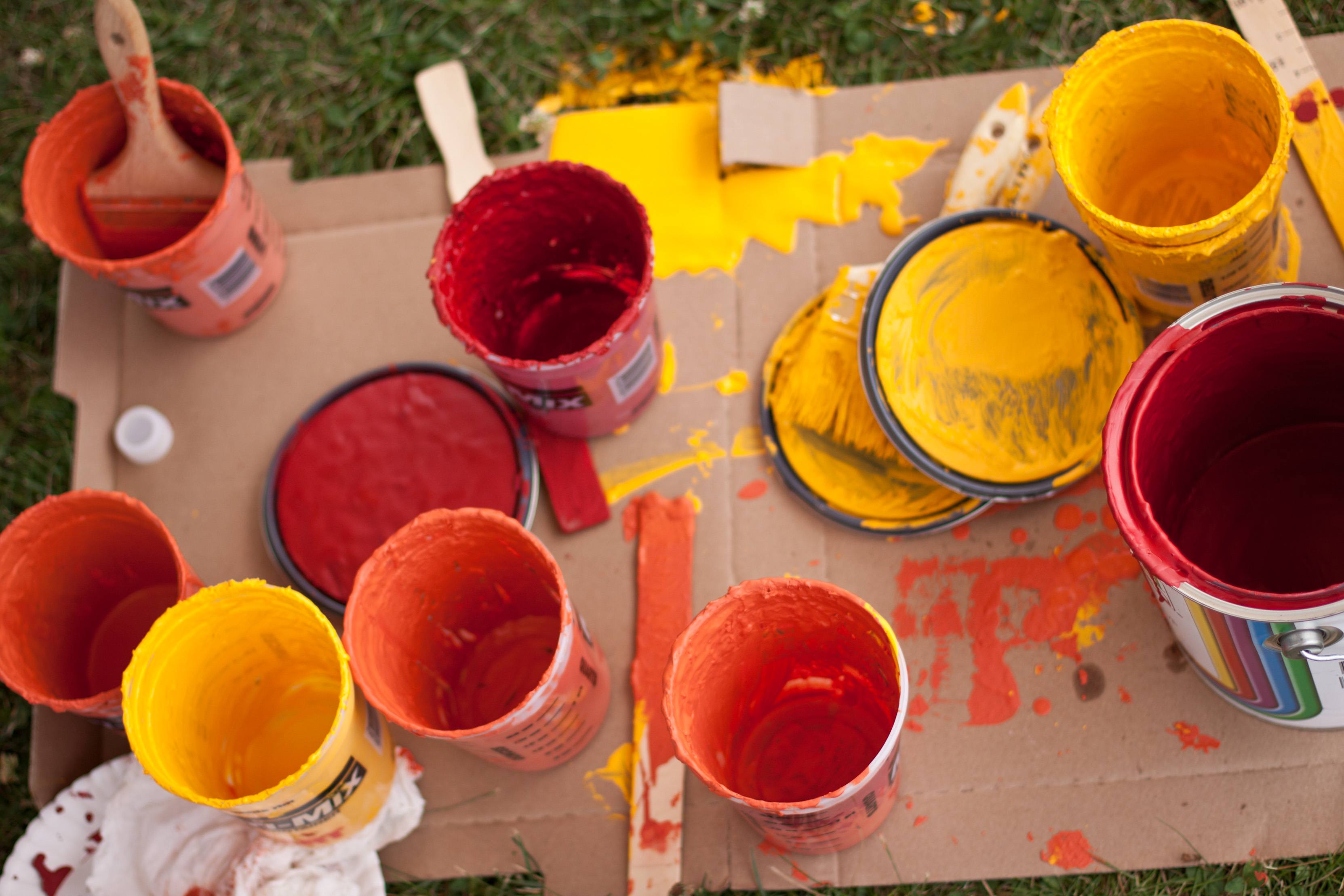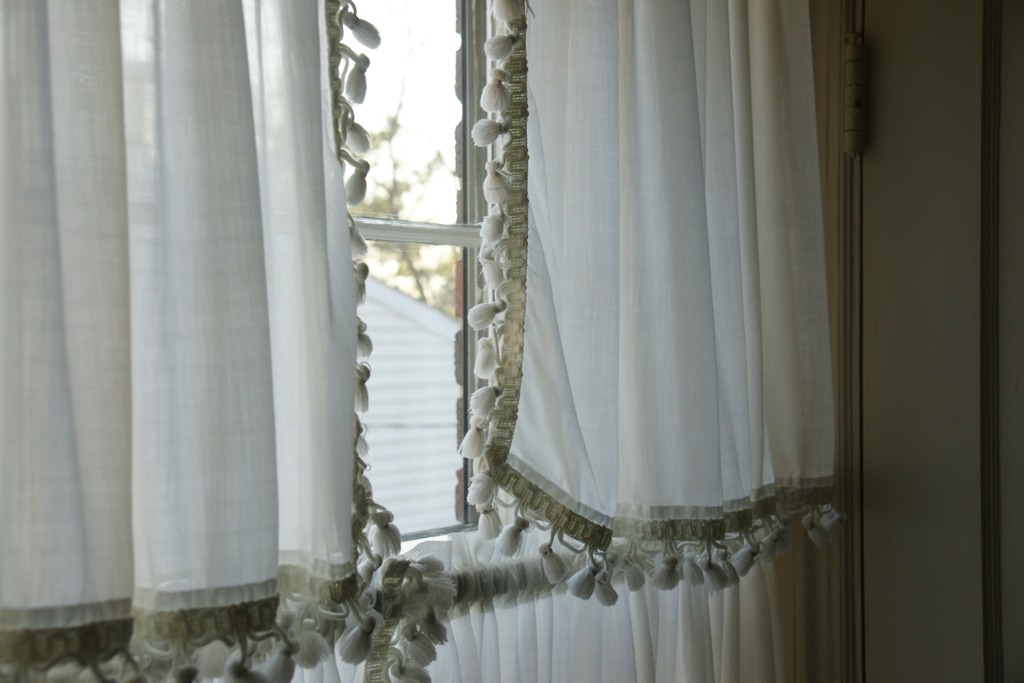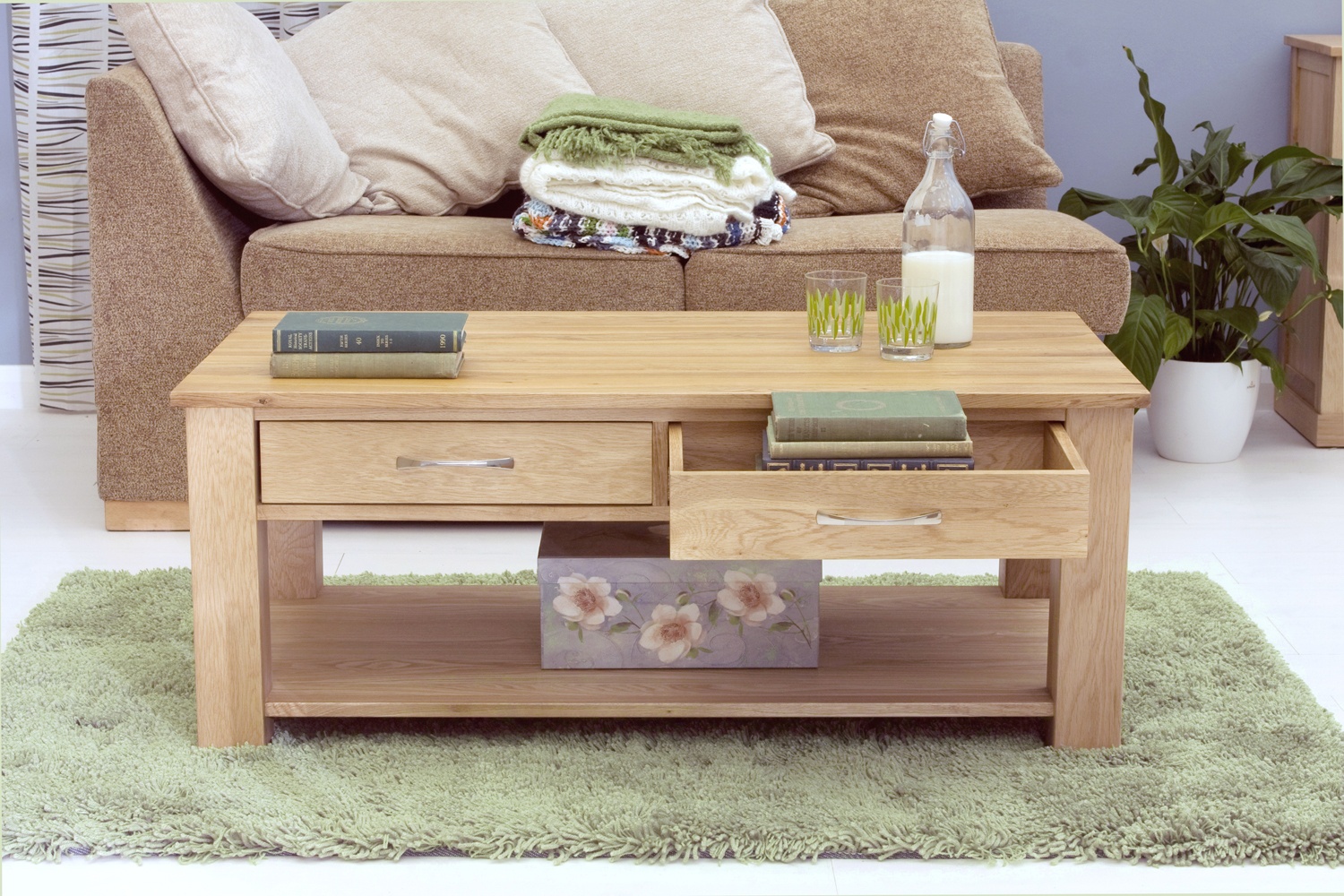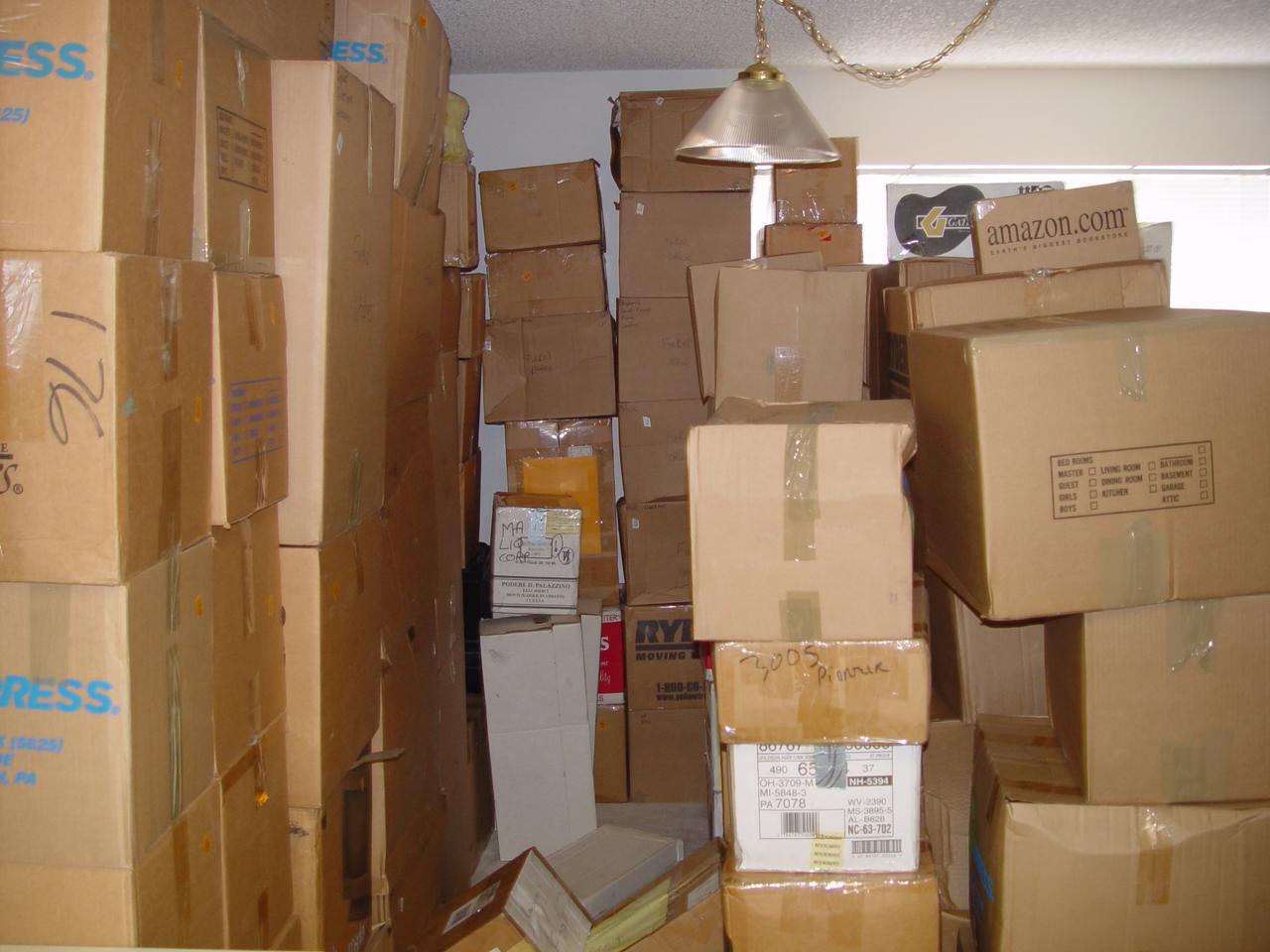1. Use Bright Paint Colors
Since you can’t actually make the room bigger, you’ll need to leverage some design hacks. One of the best ways to do this is by painting the walls. “Light and bright walls are more reflective, making a space feel open and airy, which helps maximize the effect created by natural light,” says Mihai-Cristian Micle of Freshhome. “Dark colors, on the other hand, tend to absorb light, making a room look smaller.” Another trick is to paint wall trim and moldings a lighter color than the walls. As a result, the walls actually appear further back than they are. This can make your living spaces seem much bigger.
2. Create a Focal Point
Small spaces need focal points that command attention. Perhaps the best option for creating a cozy focal point in the living room is a gas fireplace. Gas fireplaces are not only cost-effective sources of heat in small rooms, but they also provide light and ambiance. The fireplace establishes a natural furniture layout and guides the room in a particular direction. Another ideal focal point is a large wall mirror. Mirrors reflect light and create the illusion of more space. They’re also great decorative elements and allow you to fill lots of wall space without unnecessary clutter.
3. Let in the Natural Light
Dark spaces feel small and dingy, while light spaces feel open and airy. Wherever there are windows, make sure you’re maximizing the natural light they provide. While it may be necessary to have blinds or curtains to ensure privacy, make sure you choose the right ones. White curtains are great because they can give you privacy without blocking out light. If using blinds, angle them in such a way that they still let in light without giving others a view into your living space.
4. Be Strategic with Furniture
You need to make the most out of the furniture you purchase. For example, buy a coffee table that doubles as a storage unit, or purchase a sleeper sofa so you can give guests a place to sleep, even if there’s no guest bedroom. Find as many uses as possible for your furniture and design elements. The versatility won’t make rooms bigger, but it will make them more functional.
5. Get Rid of the Junk
There’s nothing cozy or functional about having lots of stuff. One of the beauties of living in a small apartment or home is that you’re forced to get rid of things you don’t need. Go through all of your belongings and ask yourself two simple questions: (1) Have I used this item in the past six months? (2) Will I use this item in the next six months? If the honest answer to both of these questions is no, then it needs to go.
Let Your Creative Side Loose
When you’re working within the confines of a small space, every individual element suddenly becomes more important. You can’t afford to waste any nook or cranny and you must take advantage of every opportunity to maximize functionality and aesthetic appeal. Use these five tips as a helpful starting point and don’t be afraid to let your creative side shine. There are no steadfast rules. When it comes to design, beauty is in the eye of the decorator. Featured photo credit: Ames247 via flic.kr




